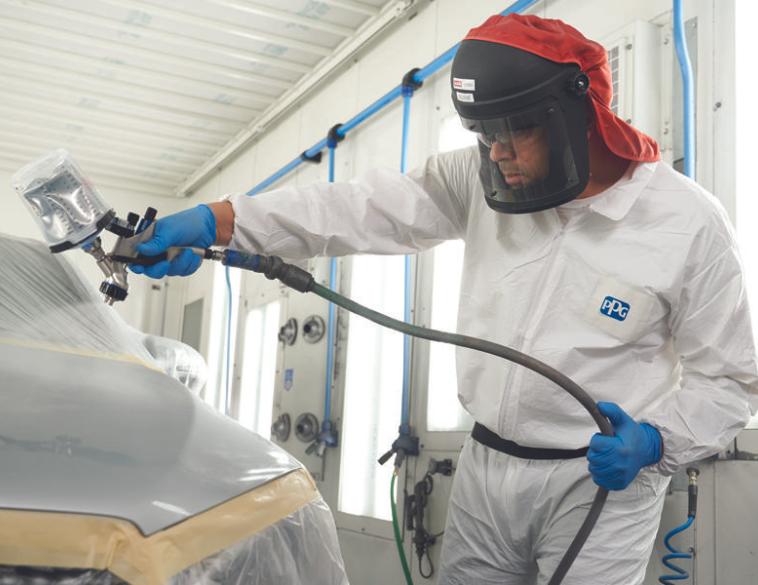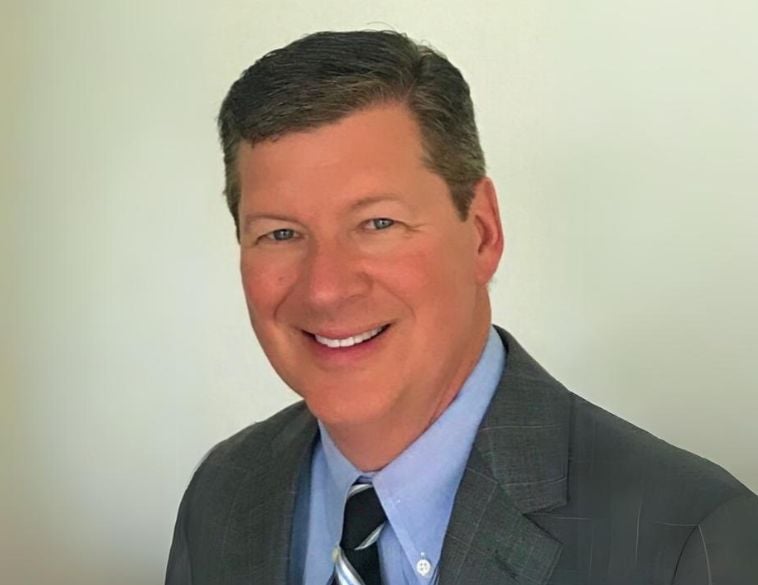Simplifying or eliminating unnecessary tasks performed in the paint booth can significantly improve your cycle time.
In the manufacturing world, they talk about “changeover.” It is defined as the time it takes to convert a machine from processing one type of product to the point where it is processing a different kind of product. Organizations have worked hard to minimize this time for the simple reason that while the machine is being converted, it is idle and not productive.
For collision repair, this same philosophy makes perfect sense in the spray booth, which is an expensive piece of equipment used to serve a specific purpose in our industry—provide a controlled environment in which to spray, flash and bake refinish coatings. Therefore, any unnecessary tasks being performed in the booth are adding to the amount of time that the booth is not productive. Every minute that can be saved in the changeover process can then be used on extra productive tasks (i.e., more jobs through the booth).
Externalizing Tasks
In collision repair, we talk about booth cycles as being “doors open to doors open.” This is the time from opening the doors at the completion of the bake cycle on one job until the next job is completed and baked, and the doors are opened again. This could be as long as two or three hours. By using Lean principles and 5S methodologies, we can analyze the activity in the booth during each cycle and then externalize any tasks which can be done outside the booth cycle. Tasks that must be performed inside the booth should be simplified whenever possible.
Other tasks that should be performed outside the booth include:
- Check colour match
- Mix sealer
- Mix colour
- Mask
- Unmask
These are just a few of the tasks that increase the length of booth cycles when performed inside the booth. Two of the most common tasks are checking colour and masking. For example, if it takes 30 minutes to mask a car, your booth cycle is extended by 30 minutes. Instead, you could mask 95% of the car outside, move it into the booth and cover it with a plastic sheet. The same logic applies to checking colour. The more you can do outside the booth cycle, the more effective your booth is on throughput.
If you’re inside the booth and you’re not spraying, flashing or baking, then your booth cycle can be improved. Paint teams that approach their work with this mindset are well-positioned to maximize paint booth effectiveness.
Starting Point
The first thing that needs to be established is the current booth cycle. This can be accomplished by simply attaching a tracking form to the booth door and recording information for each cycle.
Recording the date, cycle number, doors open time, doors closed time and doors re-opened time—along with the repair order number, type of refinish work being performed in the cycle and the number of refinish hours— will provide valuable information with respect to the performance of each booth cycle.
Improving your paint booth cycles doesn’t mean your painters have to work at a frenzied pace. A little planning and organization will go a long way in helping your team work smoothly and methodically. The key is to making sure that everything they are likely to need to perform the task is at the point of use.
For example, use a “point-of-use cart” to ensure tools and materials (sandpaper, sanders, small tools, cleaning solutions, towels, masking materials, etc.) are within reach—so that painters don’t have to walk around the shop looking for these items. Another recommendation is to have the sealer, basecoat and clearcoat mixed and ready to go. This way, painters can simply swap out paint guns once the spraying process starts.
Consistent results
Standardization means having processes that every member of the team follows to ensure the same result every time.
Each process should be developed with the paint team and recorded using a standard work document. To help ensure each refinish team member is properly trained on and understands the standard, place the work document on display and require each member to sign it as training is completed.
Over time, the standard will become embedded to the point where it becomes habit and standard practice. Rather than risk a sudden failure, it is vital to have a regular maintenance program in place to cover all your equipment. This includes your spray booth and anything associated with it, such as booth filters, burners and belts, in-booth compressed air filters, spray guns and shop compressors.
Mike Gunnells, is Senior Manager, MVP Business Solutions, for PPG as well as a former collision shop owner and leading I-CAR instructor for 18 years.



